📅 Day 1: Arrival at Sankri (6,400 ft)
• Pass small Garhwali villages with stone cottages and prayer flags fluttering in the breeze.
• Overnight stay in guesthouse at Sankri, a quaint hamlet that serves as the gateway to Kedarkantha.
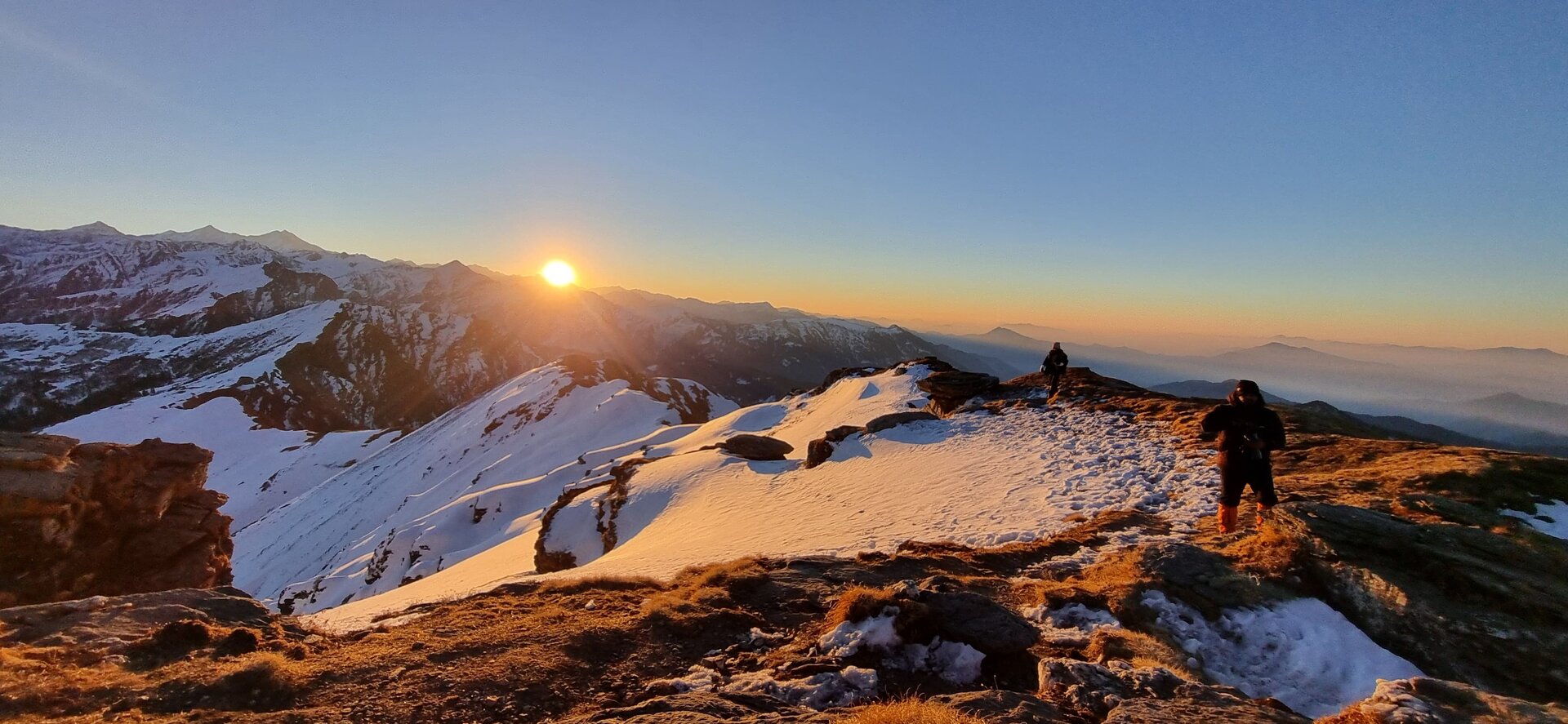
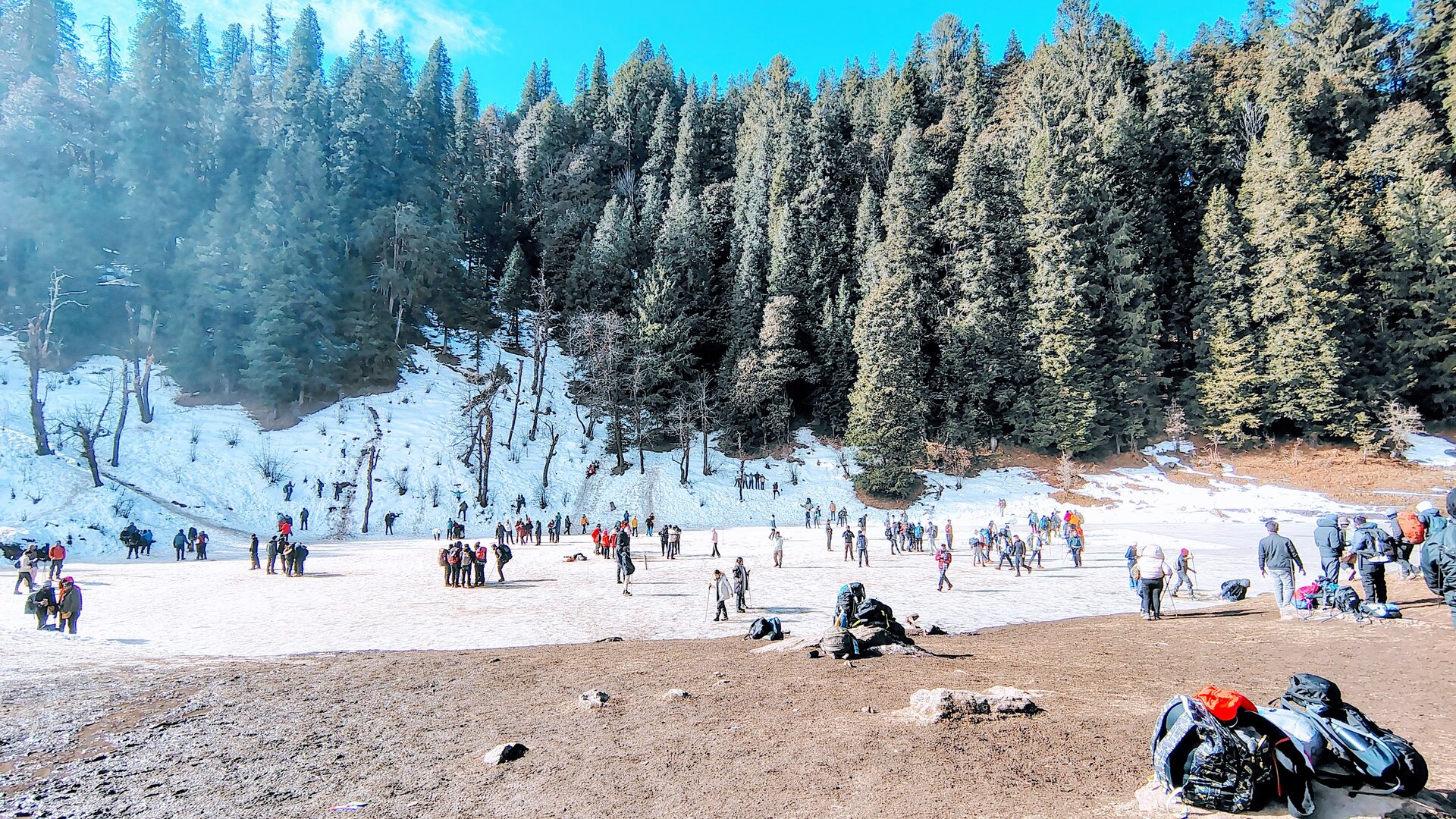
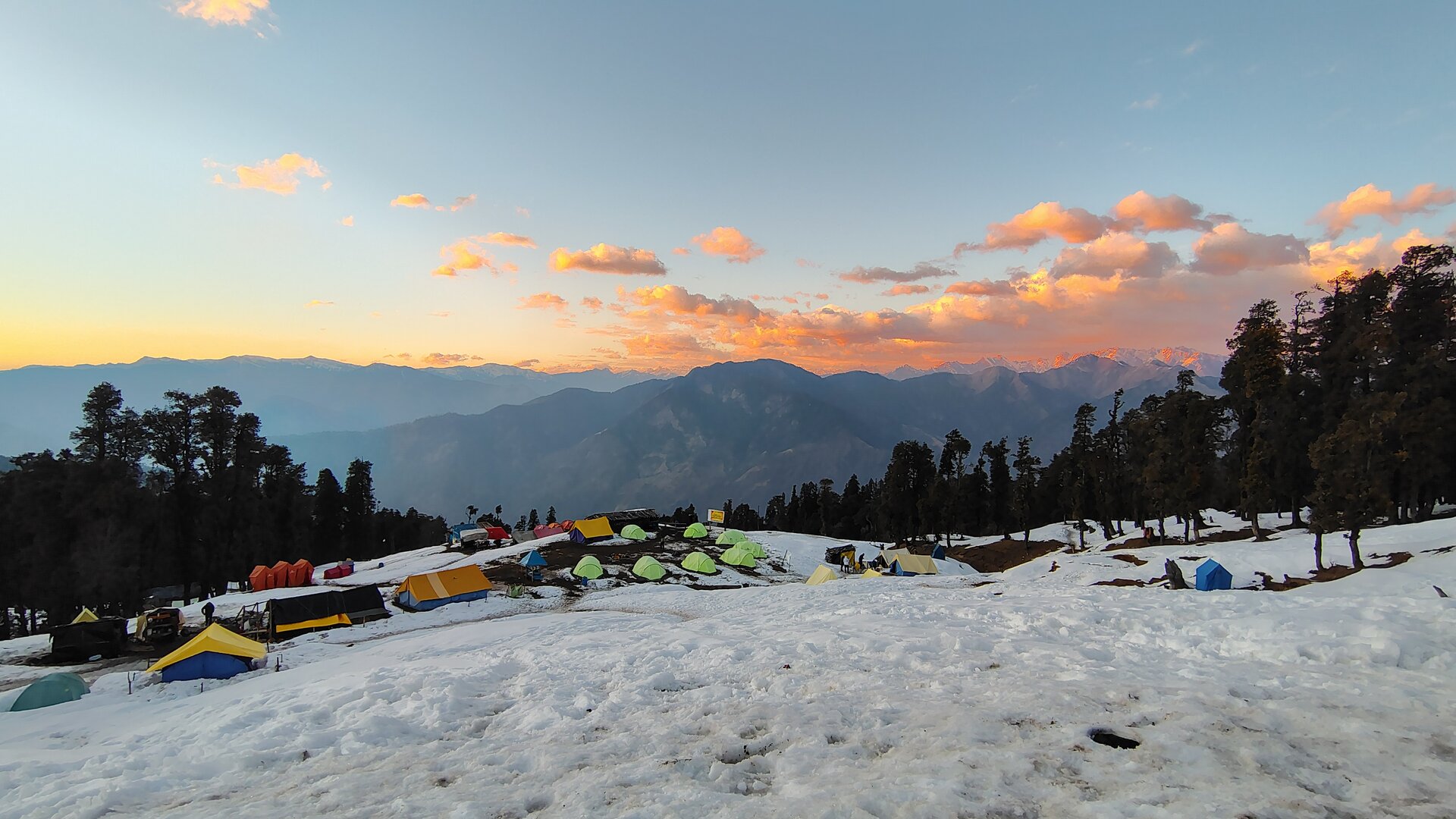
The Quintessential Himalayan Winter Trek
* Sankri to Sankri
Terms & Conditions | Inclusions & Exclusions | Cancellation & Refunds
✅ Summit climb with 360° views of Himalayan peaks like Swargarohini, Bandarpoonch, and Black Peak
✅ A true snow trek — trails and meadows covered in deep powder during peak winter
✅ Dense forests of pine, oak, and rhododendron inside Govind Pashu Vihar National Park
✅ Beautiful campsites like Juda Ka Talab and Hargaon
✅ Rich Garhwali culture with temples, folklore, and warm hospitality
📅 Day 1: Arrival at Sankri (6,400 ft)
📅 Day 2: Sankri to Juda Ka Talab (9,100 ft)
📅 Day 3: Juda Ka Talab to Kedarkantha Base Camp (11,200 ft)
📅 Day 4: Summit Day: Kedarkantha Base → Summit (12,500 ft) → Descend to Hargaon (8,900 ft)
📅 Day 5: Hargaon to Sankri
📅 Day 6: Departure from Sankri
✈️ Air: Nearest Airport: Jolly Grant Airport, Dehradun (approx. 220 km from Sankri).
🚆 Train: Nearest major railway station: Dehradun (approx. 200 km from Sankri).
🛣️ Road: Regular buses and shared jeeps available from Dehradun to Sankri via Purola and Mori (8–9 hrs).
🗺️ Travel Tip: Arrive in Dehradun a day early to avoid delays and to catch the morning transport to Sankri.
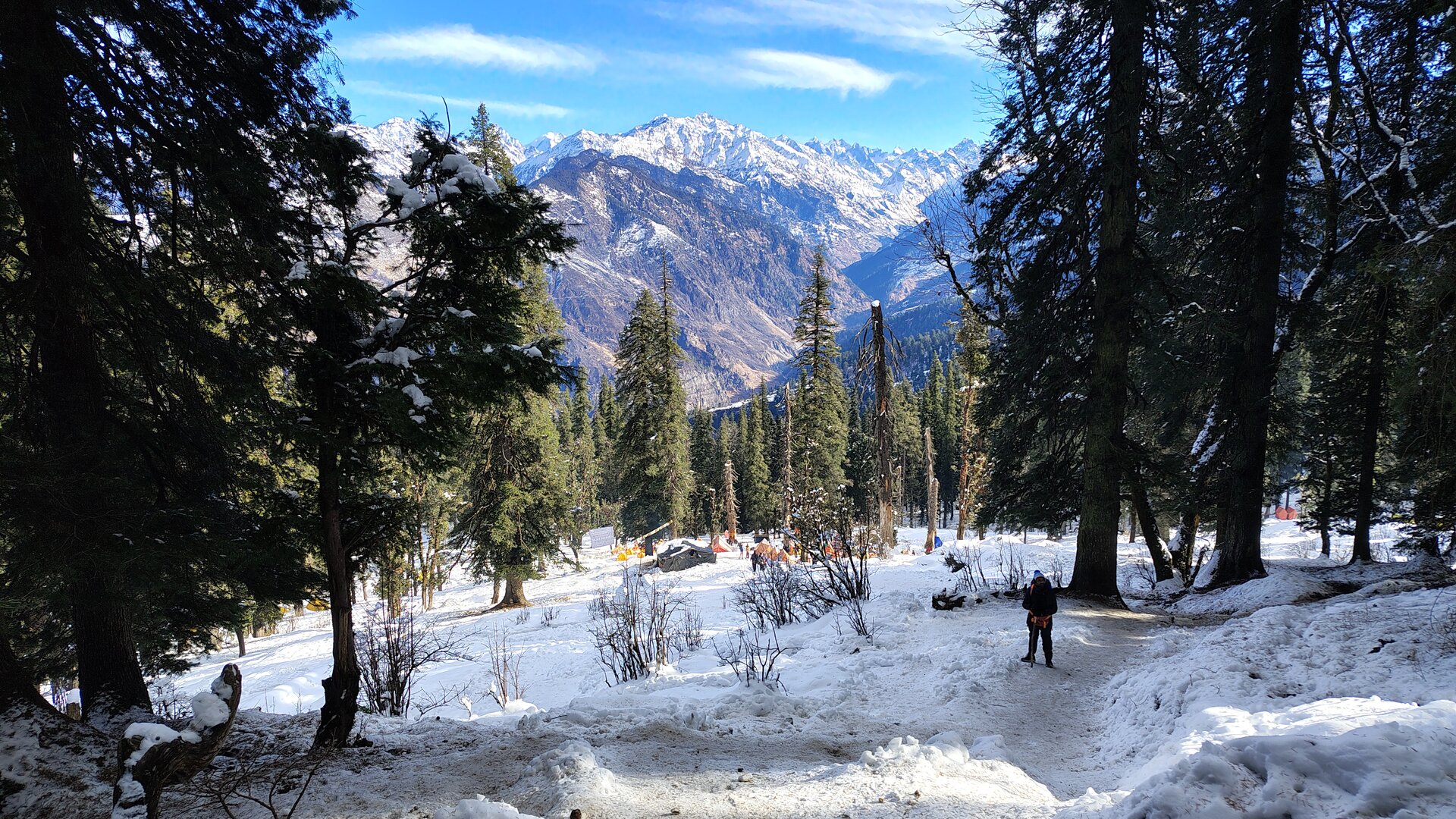

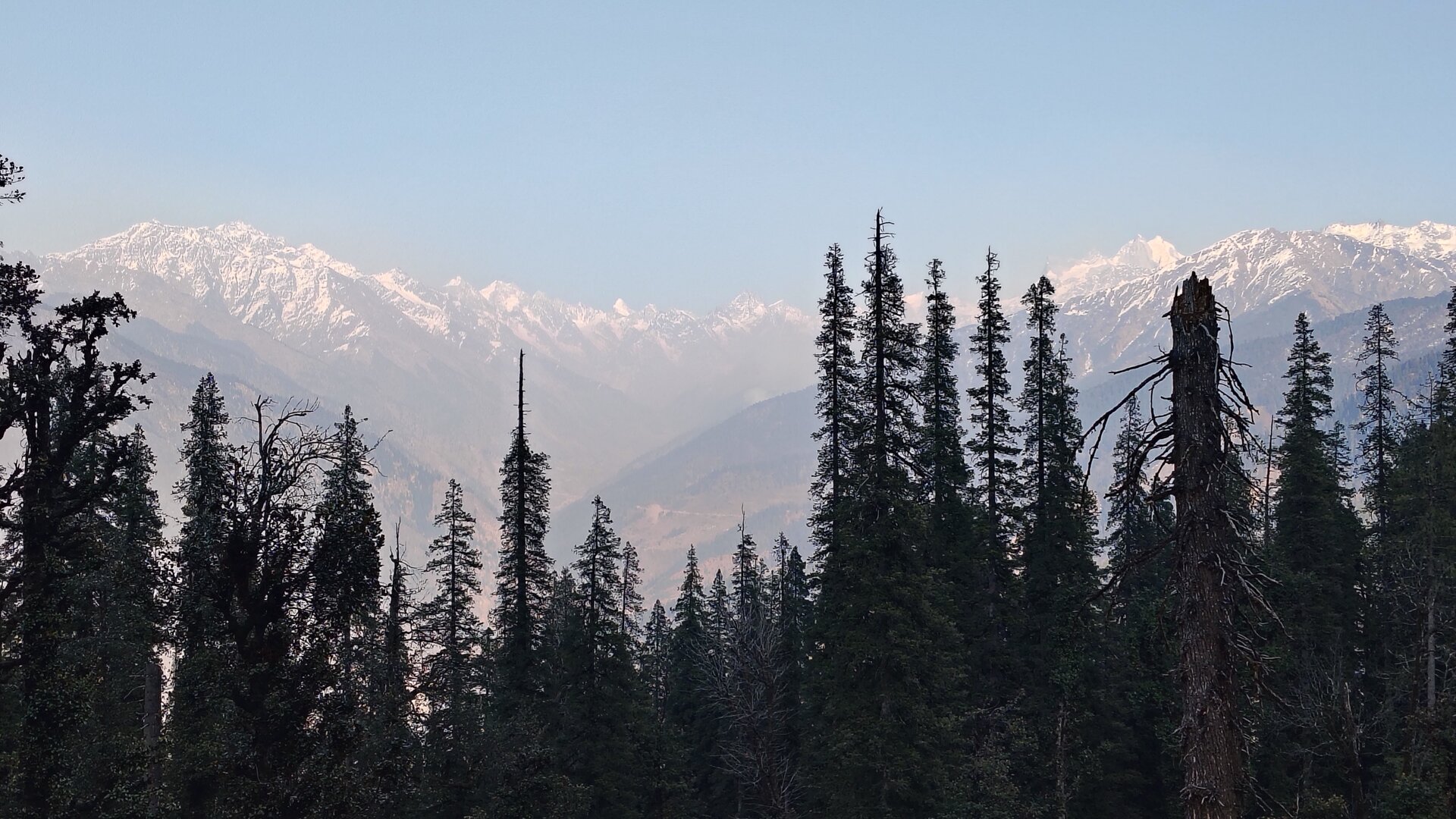




For a comprehensive packing list, download the PDF below: Download Packing List
Experience the difference of trekking with genuine mountain experts who truly care.
Led by certified mountaineers with wilderness first aid training, ensuring your safety and confidence at every step.
Our mountain crew comprises local experts who bring unmatched experience, warmth, and deep knowledge of the region.
We cap our group departures at just 8 trekkers — ensuring individual attention, deeper connections, and better trail discipline.
From camping to technical gear, we use only certified, high-altitude-tested equipment suited for extreme Himalayan conditions.
We're always available — before, during, or after your trek. Reach out anytime, and you'll always hear back from a real human.
We strictly follow Leave No Trace ethics. Limited group sizes and mindful practices help protect the fragile Himalayan ecosystem.